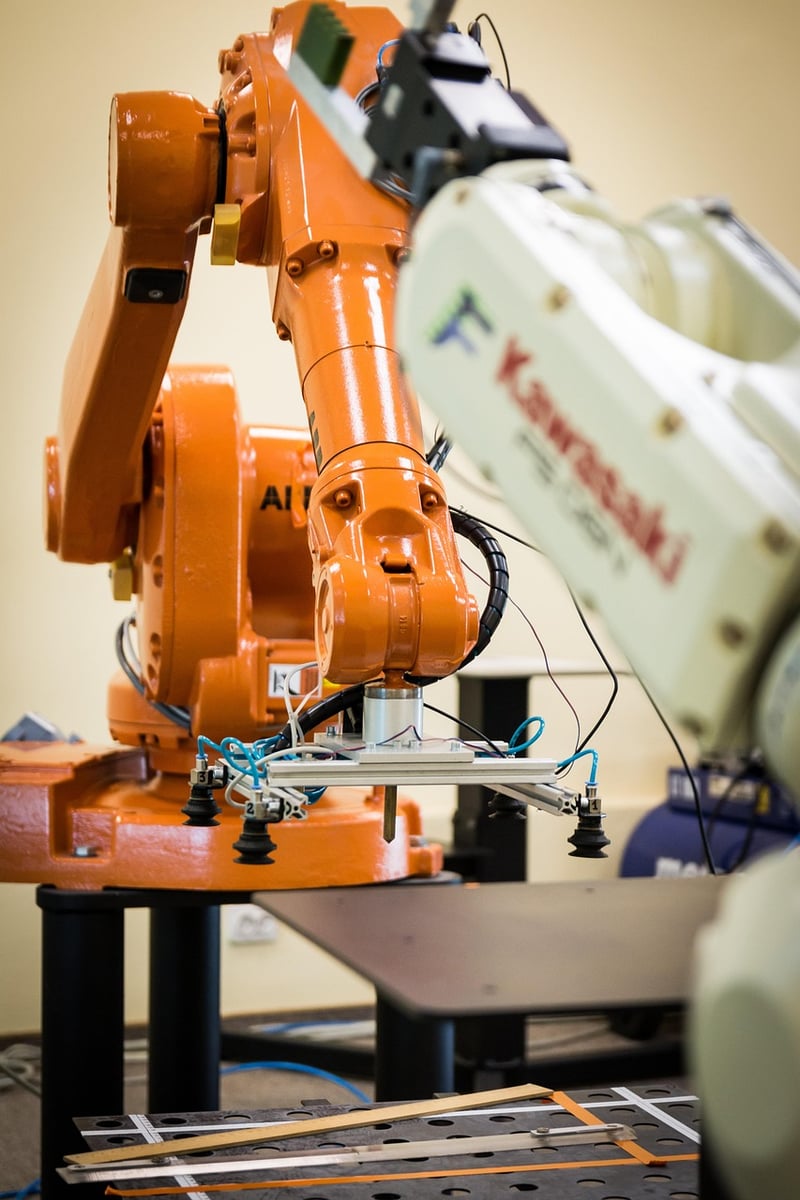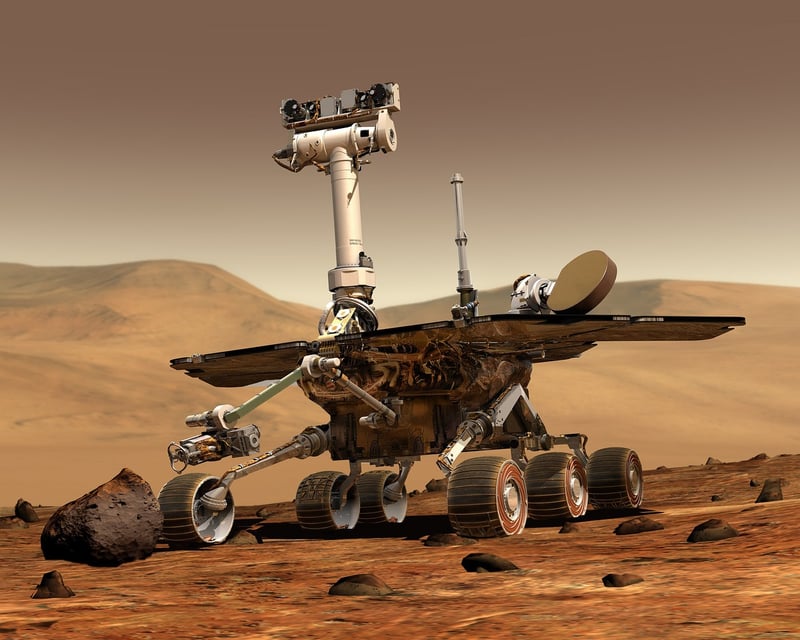Robotic Exploration
The Future of Space Exploration: Innovations in Robotics
Space exploration has always been at the forefront of human curiosity and technological advancement. In recent years, robotic exploration has emerged as a key component in our quest to unlock the mysteries of the universe. Let's delve into some of the groundbreaking innovations that are shaping the future of space exploration.
1. Autonomous Rovers

Autonomous rovers are revolutionizing planetary exploration by enabling scientists to gather data from distant worlds. These robotic vehicles can navigate challenging terrain, collect samples, and conduct experiments without direct human intervention. The Mars rovers, Opportunity and Curiosity, have provided invaluable insights into the Red Planet's geology and past climate.
2. Asteroid Mining Robots

With the increasing interest in asteroid mining for precious resources, robotic systems are being developed to extract minerals from space rocks. These mining robots could potentially supply essential materials for future space missions, such as water, fuel, and metals, while reducing the need to transport resources from Earth.
3. Swarm Robotics

Swarm robotics involves coordinating large numbers of small robots to work together towards a common goal. In space exploration, swarm robots can collaborate to explore vast areas more efficiently, communicate with each other to share data, and adapt to changing environments. This approach could revolutionize how we explore celestial bodies like moons and asteroids.
4. Artificial Intelligence (AI) in Space Probes

Integrating artificial intelligence into space probes enables these robotic spacecraft to make autonomous decisions based on data analysis and machine learning algorithms. AI-powered probes can navigate complex space environments, optimize scientific observations, and even identify potential targets for further exploration, enhancing the efficiency and autonomy of space missions.
5. 3D Printing in Space

3D printing technology is being utilized onboard spacecraft to manufacture tools, spare parts, and even habitats using local resources. By reducing the reliance on Earth for resupply missions, 3D printing in space enables long-duration missions and sustainable exploration of other planets. This innovation could revolutionize how we build infrastructure in the cosmos.
These innovations in robotic space exploration are propelling humanity towards new frontiers and expanding our understanding of the universe. As technology continues to evolve, the possibilities for exploring space with robots are limitless, opening up a future where humans and machines work hand in hand to unlock the secrets of the cosmos.
